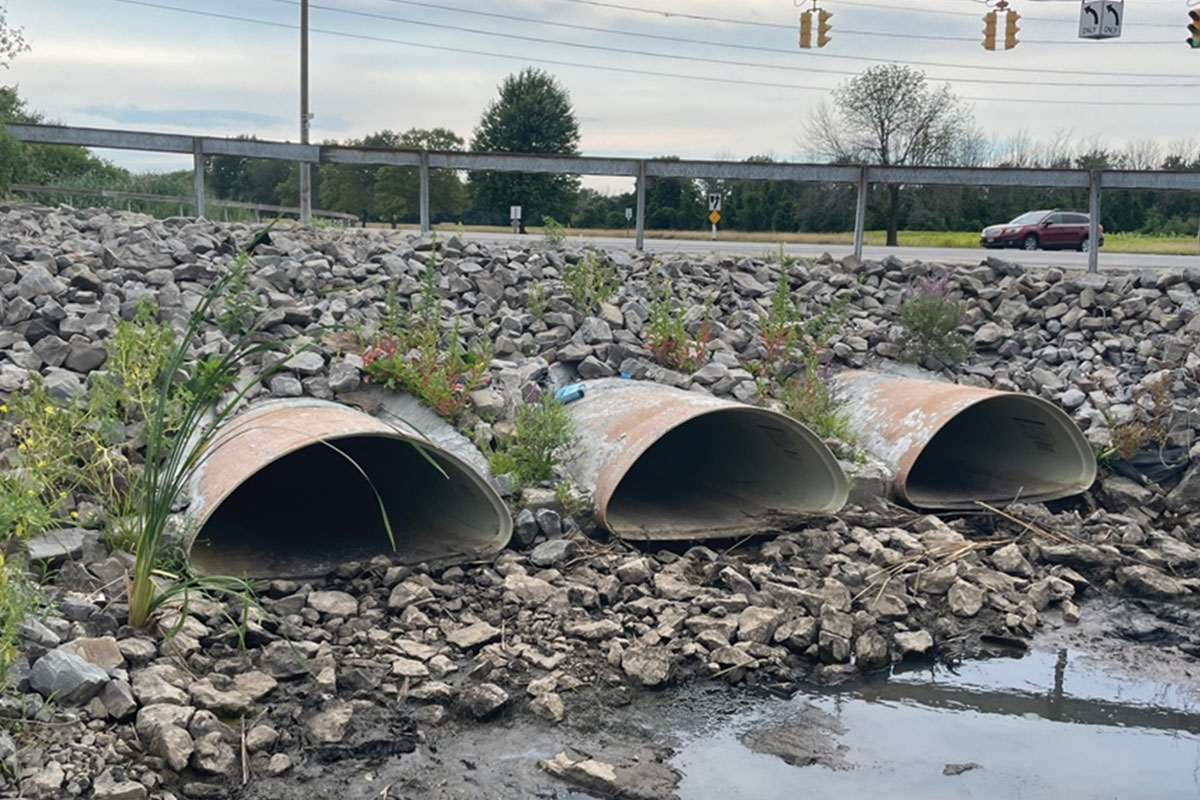
NASSCO Report – Manhole Inserts Play Key Role in Flood Prevention and Inflow Reduction
On Oct. 29, 2012, Hurricane Sandy made landfall in New York City, resulting in more than 10 billion gallons of raw and partly treated sewage getting dumped into waterways, streets and into homes. Gov. Andrew M. Cuomo estimated the repairs to treatment plants would cost about $1.1 billion and the City would need to modify the plants to handle the new flood levels.
Hurricane Sandy caused at least six sewage plants to completely shut down during the storm and many others were crippled due to swamped motors that caused short circuits. It took more than two months for Long Island treatment plants to be brought back online.
The Metropolitan Transit Authority (MTA) received a $2.5 billion FEMA grant for repair of the subway system and implementation of future flood mitigation for other underground utilities and infrastructure. While the MTA made progress with many flood mitigation efforts in the immediate aftermath of the storm, by 2014, it began to investigate other options to seal up some remaining areas where flood water was entering both the sanitary sewer and other underground utilities.
Manhattan-based Zafra Minhas Construction and WBE Dorcas Inc. had been working with the MTA since the storm, and they determined that the use of structure inserts could prevent water from entering the subway via the many vaults that connect to the surface; however, the necessary variety of inserts were not available on the market. WBE Dorcas Inc. approached Rainstopper with the MTA needs. Challenges included diverse frame shapes and sizes, old and out of service locking lugs protruding from the frame, cumbersome drop rings, and the ability to read gas levels in the manhole without removing the insert.
Five new products were developed for use in access structures.
To address the protruding locking lugs, a stainless steel insert was developed with an extended lip to accommodate the frame, dropping to a second level at a 45-degree angle and providing enough depth so that the lid’s drop ring would lie flat in the frame, and meeting the ¼-in. contact tolerance for the rotation locks inside the manhole.
A square insert was developed to fit inside the NYC electric utility Consolidated Edison (ConEd) boxes.
To improve performance of the standard gasket used with the inserts, an elastomeric extended life gasket expected to last the life of the insert was developed.
To prevent flooding in access structures with large 48-in. diameter openings a large insert, nicknamed “The Beast” was created.
An insert was developed with an external gas detection port to allow monitoring of gasses in the manhole without removing the manhole insert.
All five products passed extensive testing protocols, including a third party-certified hydrostatic test that confirmed the inserts developed for the MTA could withstand a 16-ft water head over the inserts for more than 1,000 hours. In fact, the inserts exceeded the specification by operating for 2,000 hours (83 days) with the standard gasket and more than 2,500 hours (104 days) with the new extended life gasket.
Accurate sizing of the structure inserts was critical to their success. As a result, prior to the manufacture of the 250-plus units being requested for these projects, onsite structure measurement and documentation training was conducted with all contractors.
The ability of Rainstopper to solve existing problems through development of new products in the FEMA and MTA flood mitigation efforts led to these inserts becoming the standard specified insert with the MTA and use of structure inserts quickly expanded to other at-risk areas for flooding. The inserts have been installed in all boroughs of NYC in parking lots, roadways, and other infrastructure where stormwater runoff can cause flooding and damage.
A major benefit of manhole inserts and utility insert to the MTA was the simplicity of installation and maintenance, and no requirements for major modifications to the existing infrastructure. They were also cost-effective compared to other flood prevention measures.
The two initial contracts for the 250 units were completed in 2021. The manhole inserts, installed by contractors such as Zafra Minhas, will play a crucial role in flood prevention and inflow reduction to New York City’s Water treatments plants and other underground utilities in the event of another hurricane.




